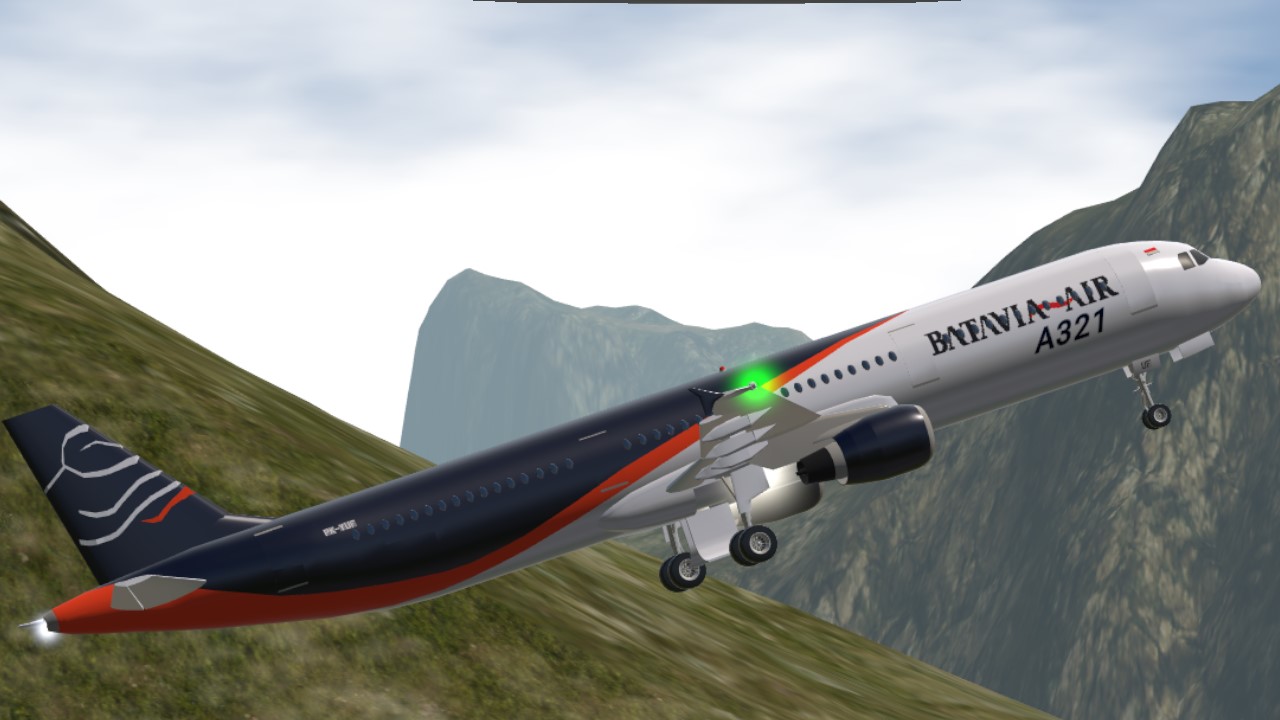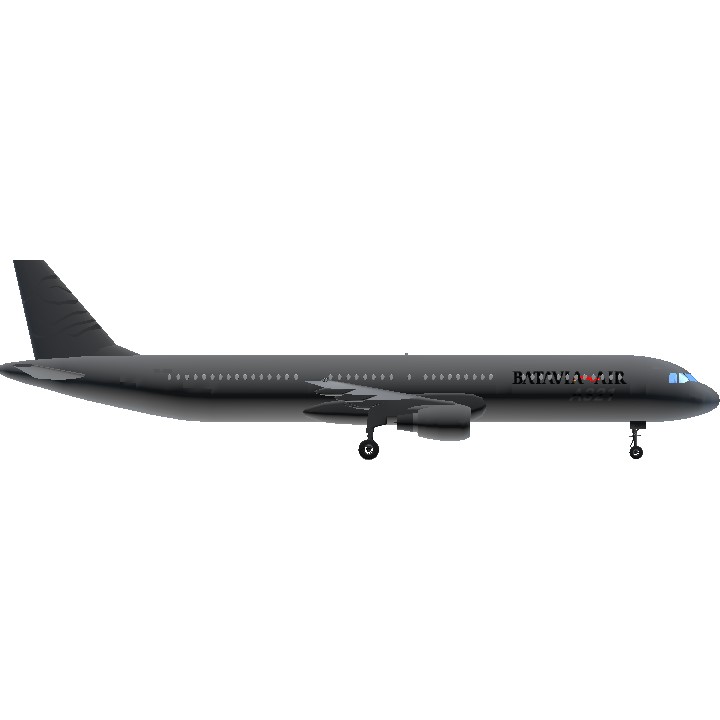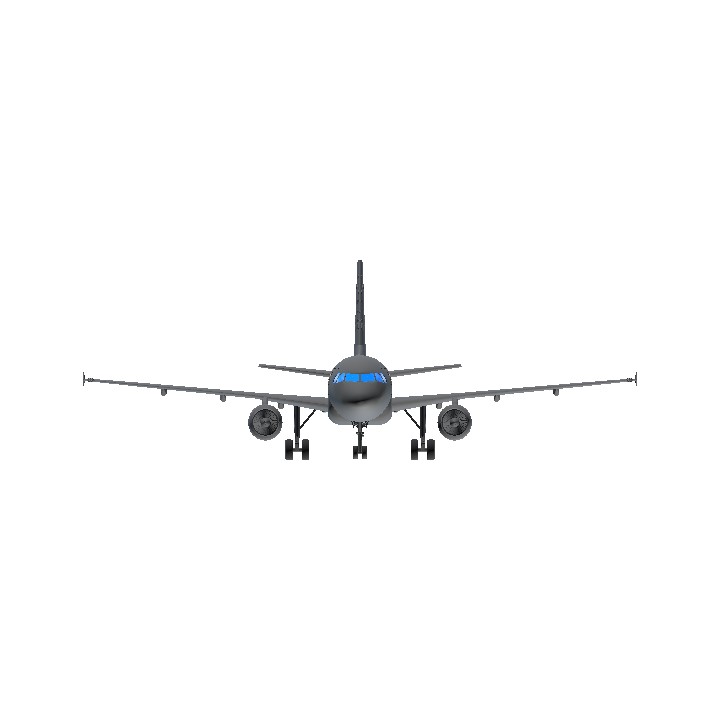Credit: GalacticaAsia for the original A320. I stretched it to become A321
ABOUT
The Airbus A321 was the first derivative of the A320, also known as the Stretched A320, A320-500 and A325.[6][7] Its launch came on 24 November 1988, around the same time as the A320 entered service, after commitments for 183 aircraft from 10 customers were secured.[6][8]
The maiden flight of the Airbus A321 came on 11 March 1993, when the prototype, registration F-WWIA, flew with IAE V2500 engines; the second prototype, equipped with CFM56-5B turbofans, flew in May 1993. Lufthansa and Alitalia were the first to order the stretched Airbuses, with 20 and 40 aircraft requested, respectively. The first of Lufthansa's V2500-A5-powered A321s arrived on 27 January 1994, while Alitalia received its first CFM56-5B-powered aircraft on 22 March 1994.[9] The A321-100 entered service in January 1994 with Lufthansa.
Final assembly for the A321 was carried out in Germany (then West Germany), a first for any Airbus. This came after a dispute between the French, who claimed that the move would incur $150 million (€135 million) in unnecessary expenditure associated with the new plant, and the Germans, who claimed that it would be more productive for Airbus in the long run. The second production line was located in Hamburg, which later produced the smaller Airbus A319 and A318. For the first time, Airbus entered the bond market, through which it raised $480 million (€475 million) to finance development costs. An additional $180 million (€175 million) was borrowed from European Investment Bank and private investors.
The A321 is the largest variant of the A320 family. The A321-200's length exceeds 44.5 m (146 ft), increasing maximum takeoff weight (MTOW) to 93,000 kg (205,000 lb). Wingspan remained unchanged, supplementing various wingtip devices. Two suppliers provided turbofan engines for the A321: CFM International with its CFM56 and International Aero Engines with the V2500 engine, both in the thrust range of 133–147 kN (30,000–33,000 lbf).
Over 30 years since launch, the A321 MTOW grew by 20% from the 83 t (183,000 lb) -100 to the 101 t (223,000 lb) A321XLR, seating became 10% more dense with 244 seats, up by 24, and range doubled from 2,300 to 4,700 nmi (4,300 to 8,700 km; 2,600 to 5,400 mi). By 2019, 4,200 had been ordered—one-quarter of all Airbus single-aisles—including 2,400 neos, one-third of all A320neo orders.

Batavia Air operates a single Airbus A321-211 (PK-YUF) around 2012, which makes it to become the first Indonesian airline to operate the longest variant of the A320 family. However the plane didn't last very long on Batavia's fleet since it ceased operation and was declared bankrupt the next year. Indonesia would never saw the A321 again until 2024, when the 2nd incarnation of TransNusa added two ex-China Eastern Airways A321-211 to its fleet. Unlike Batavia's A320s and A319s which uses IAE V2500 engine, this A321 uses CFM56-5 engine
I personally had fond memories of this particular airplane (although as of other airplane I remembered never been on board it). I frequently saw it landing on my hometown airport around 2012-2013. Back then I think that this thing is a shorter variant of A330 which in reality is not
Specifications
Spotlights
- BluesynVN 8 hours ago
General Characteristics
- Predecessor (Updated)A320[CFM]
- Created On Android
- Wingspan 112.0ft (34.1m)
- Length 145.4ft (44.3m)
- Height 40.4ft (12.3m)
- Empty Weight N/A
- Loaded Weight 43,531lbs (19,745kg)
Performance
- Power/Weight Ratio 0.578
- Horse Power/Weight Ratio 0.068
- Wing Loading 27.7lbs/ft2 (135.2kg/m2)
- Wing Area 1,571.5ft2 (146.0m2)
- Drag Points 10345
Parts
- Number of Parts 612
- Control Surfaces 9
- Performance Cost 3,410






@Doveguy + 1 friend
@BluesynVN sure
@Doveguy we can friend up ?